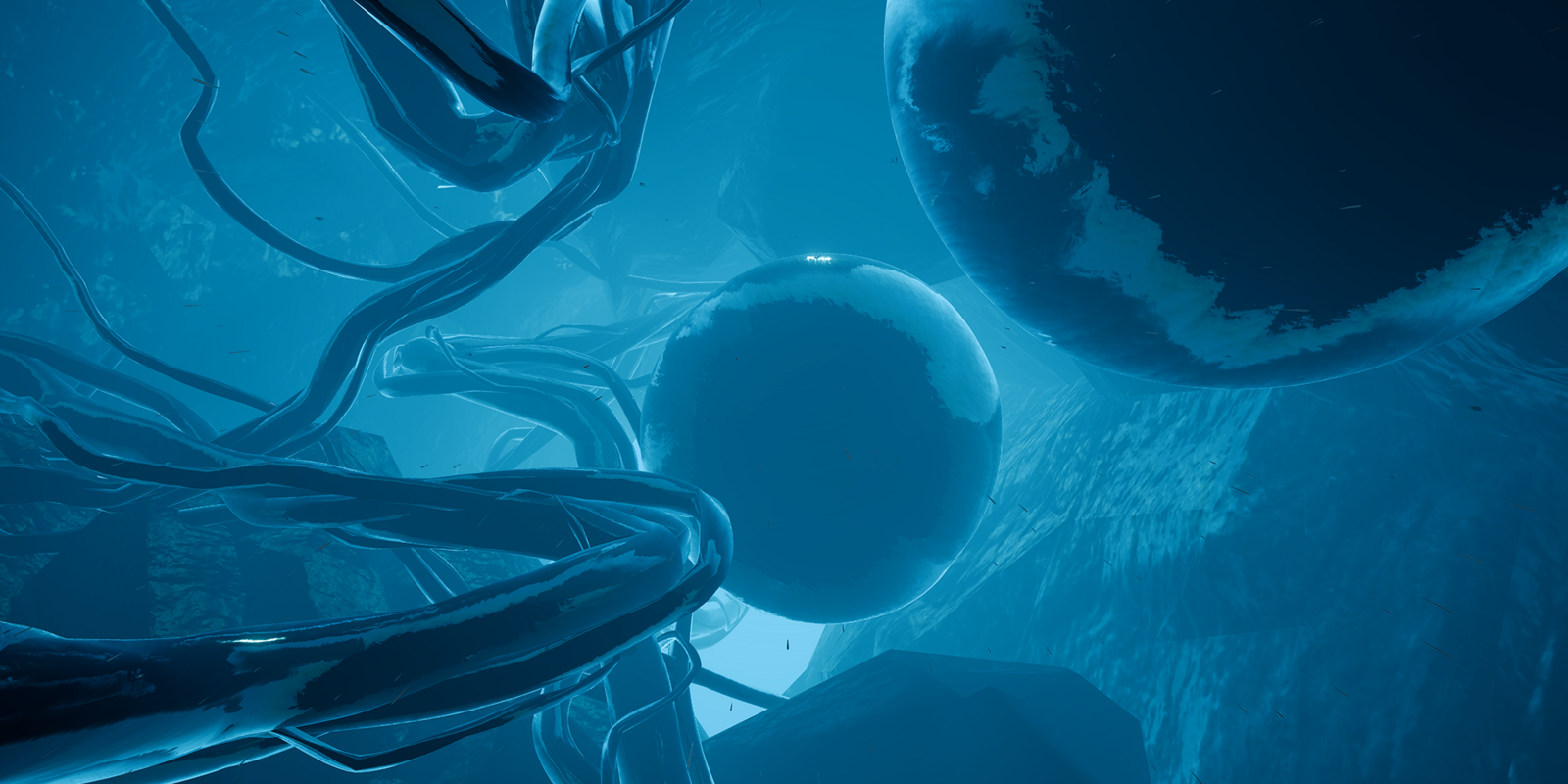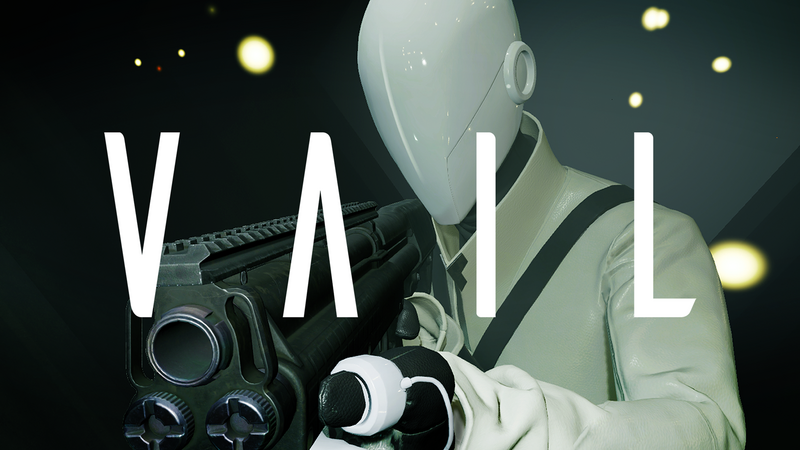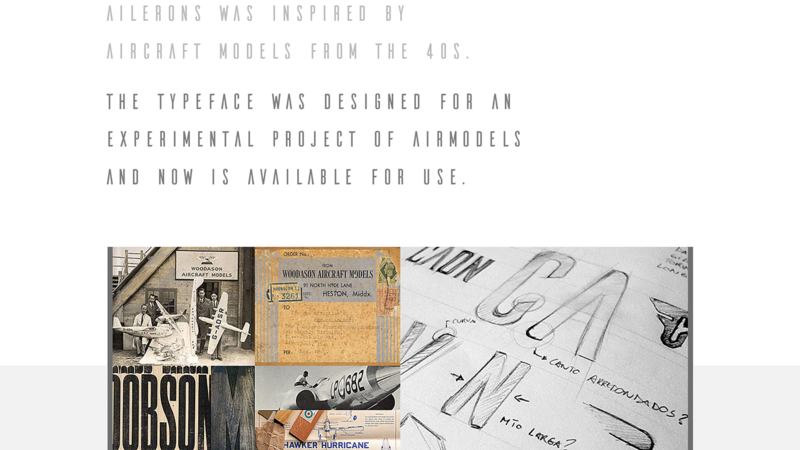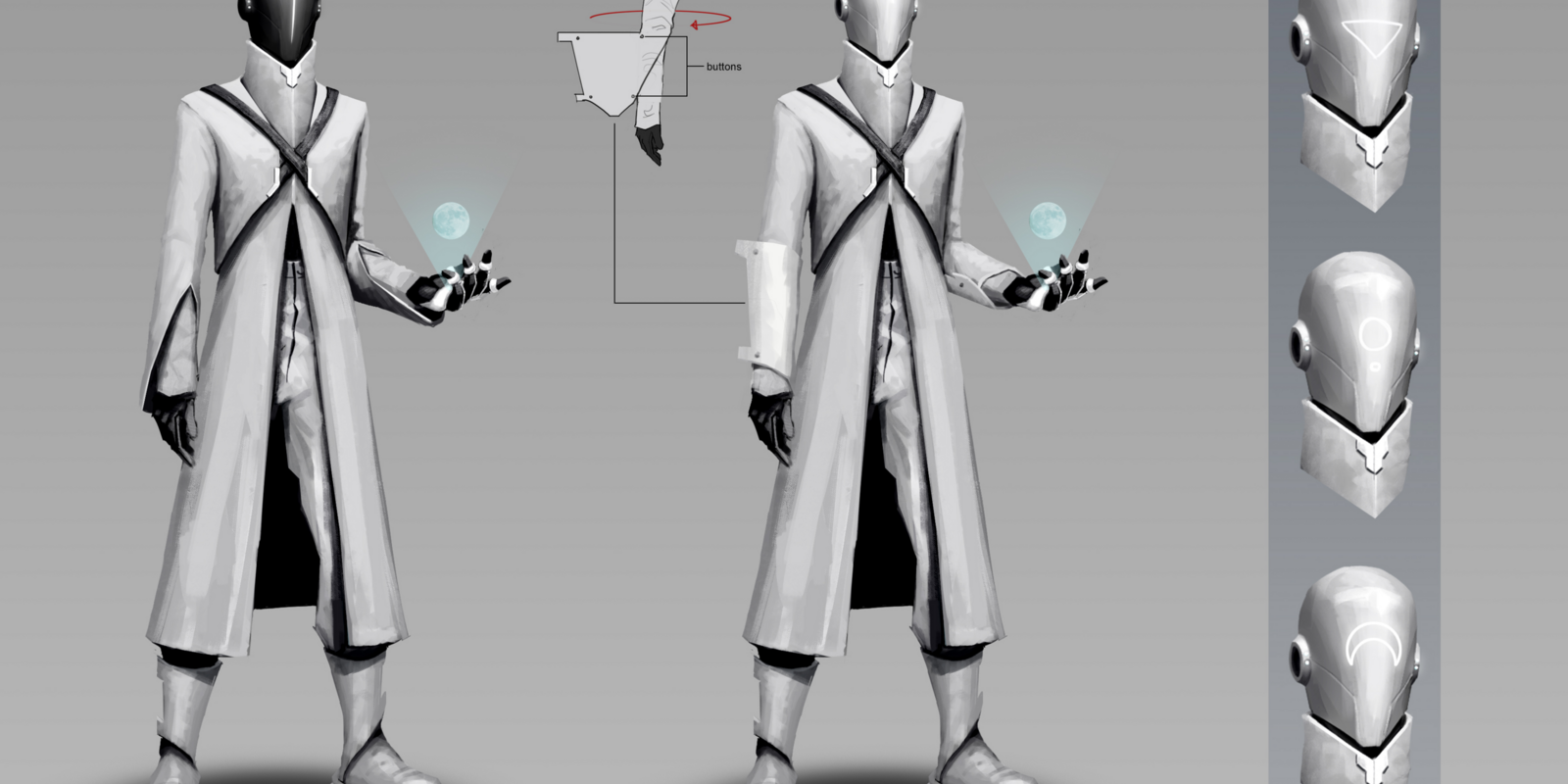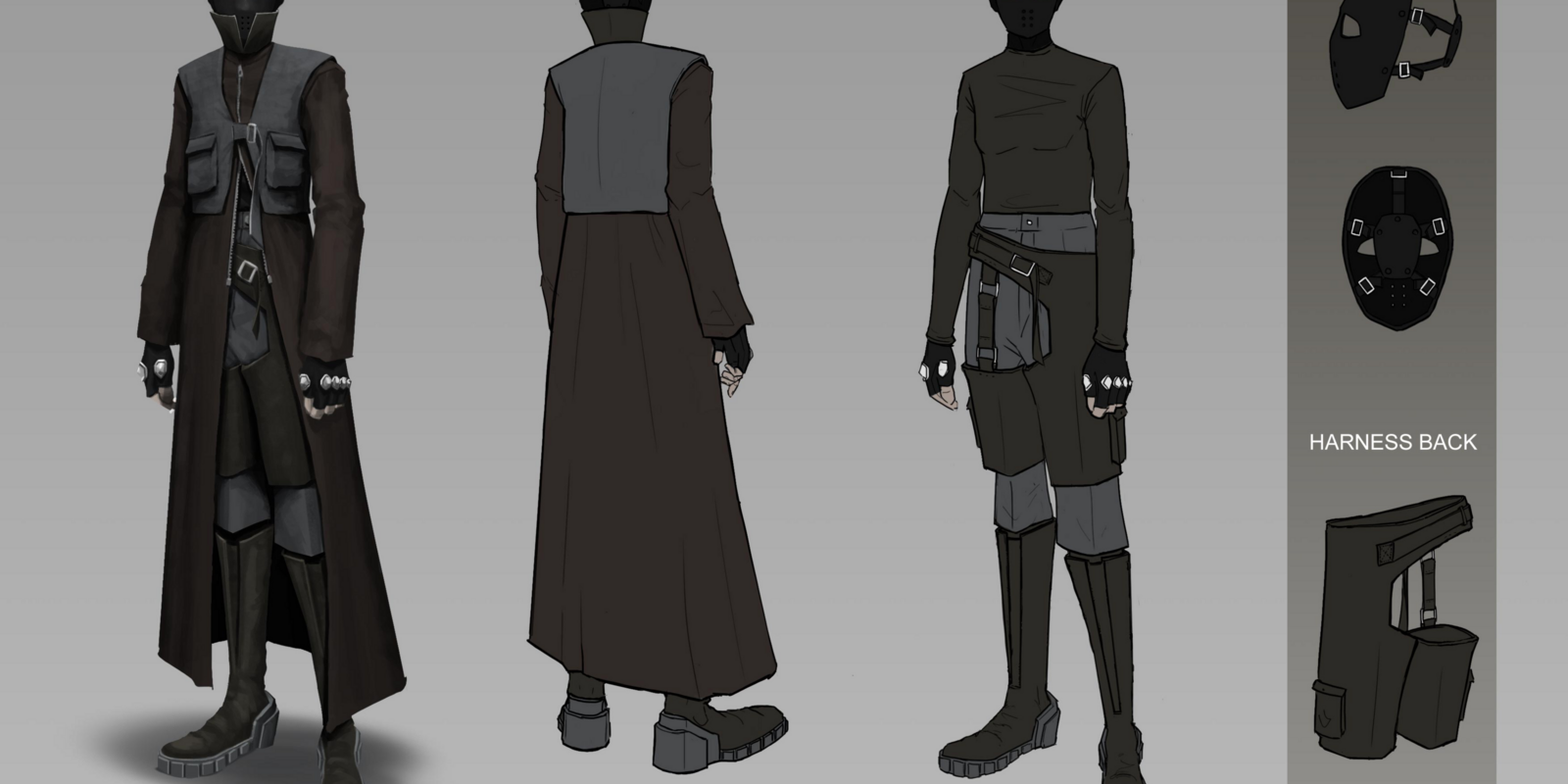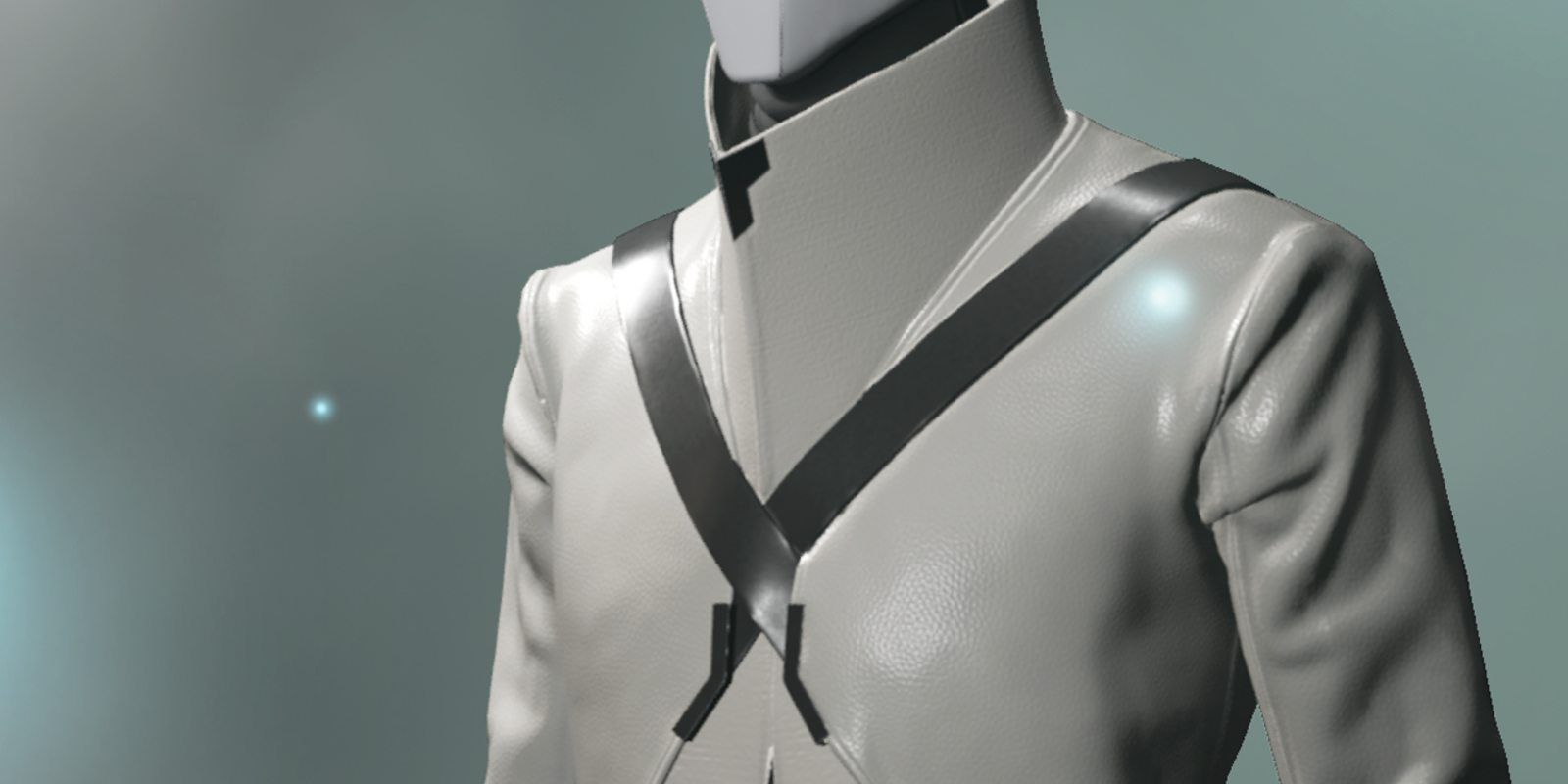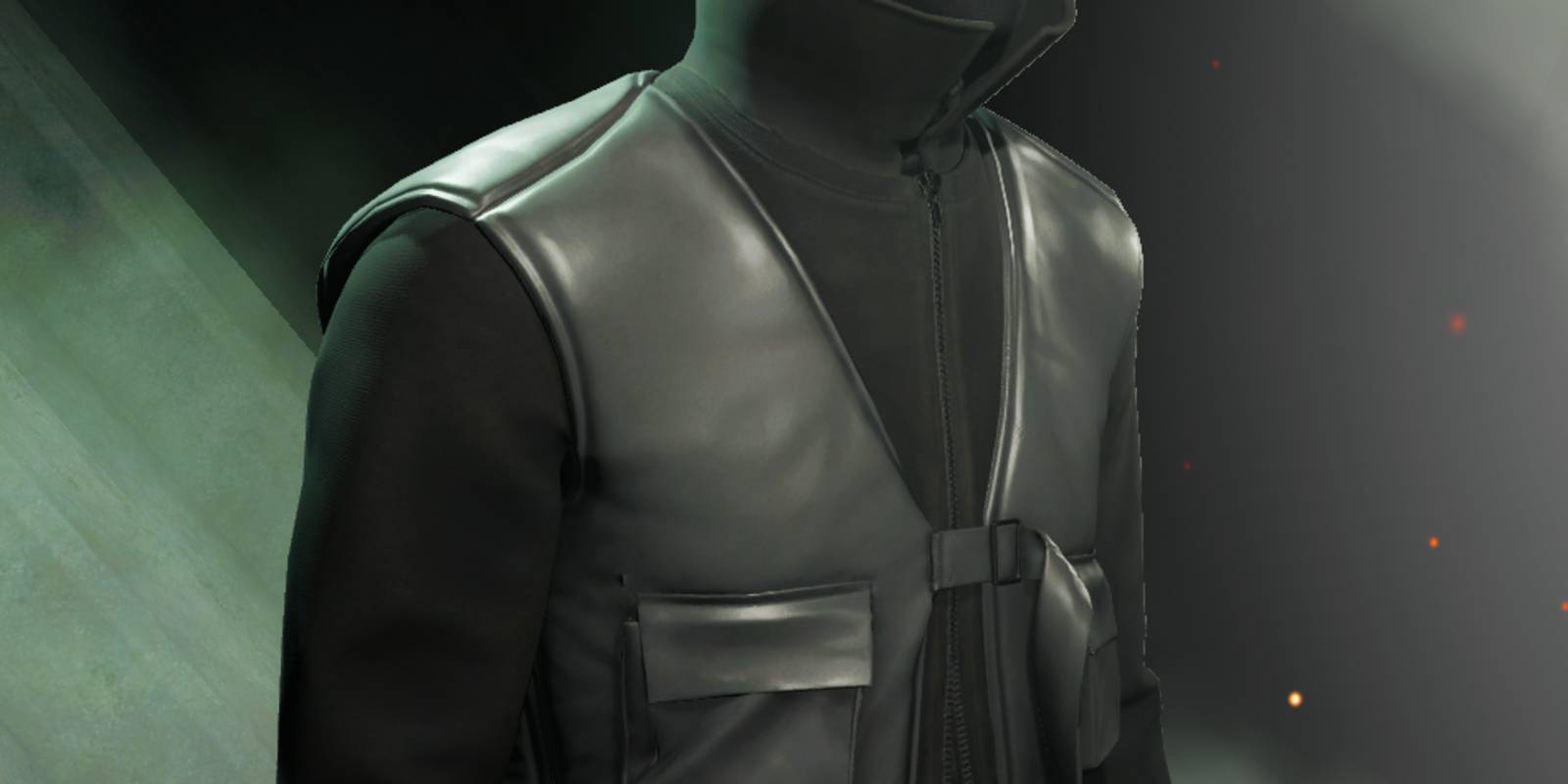Design by trial: Creating meaningful connections in virtual worlds.

Digital branding
Creative matters
Font Legibility
Fonts
Brand fonts
In a time when many of us have felt further apart from each other than ever before, software like Zoom, FaceTime, livestreams and online video games have filled in for socializing in person. Virtual reality has also seen an uptick in usage, and for many people, stepping into a virtual game with other players can provide an added layer of interactivity (see: phantom touch) that can't be reached with other mediums.
We’ve been watching the VR space for some time now with a particular interest in how type is used in virtual environments.
"It’s an exciting time to be working in this field. There’s so much room for innovation and shifting the paradigm of how to experience everything from music, games, entertainment to social experiences," says Elizabeth Ann Clark, Chief Creative Officer of VR game developer AEXLAB.
Clark oversees the visual aesthetic of AEXLAB and its flagship VR game VAIL, managing a team of visual designers, artists and concept artists, technical artists, character artists, and environment artists. AEXLAB has previously created VR experiences for Red Bull, the American Institute of Architects, and Epic Games.
Elizabeth Ann Clark.

